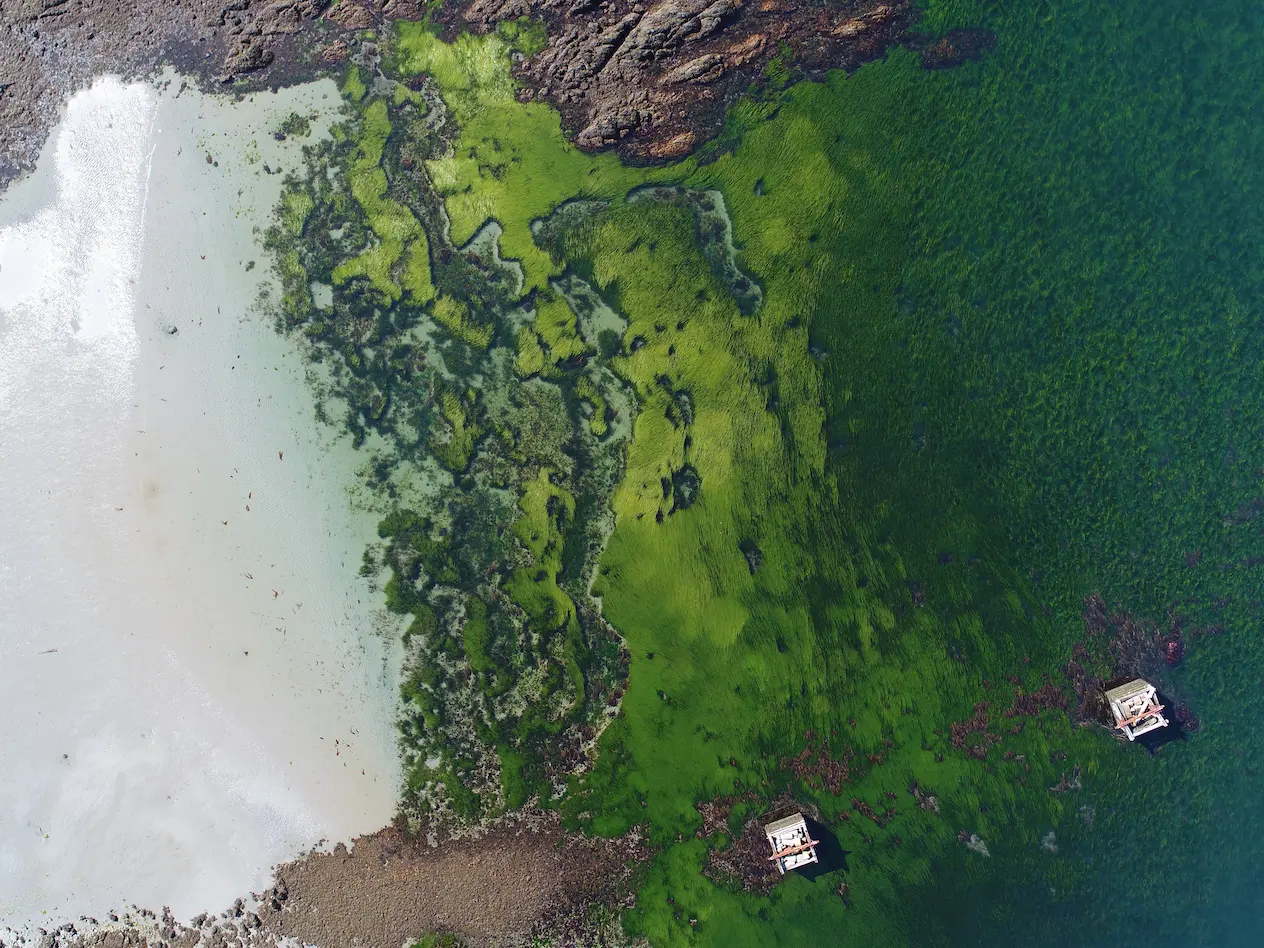The latest SeagrassNet report for the 2019 field season was published this week and is available under the PREP Reports and Publications on the UNH Scholars’ Repository. SeagrassNet – a global monitoring program started in 2001 by Dr. Fred Short – monitors seagrass habitat change. PREP implements the SeagrassNet protocol to assess eelgrass (Zostera marina L.). The report describes results from two locations including the first monitoring season at a newly established site (July 2019) in Portsmouth Harbor (NH 9.3, Fort Foster).
SeagrassNet Monitoring in the Great Bay Estuary, NH/ME Field Season 2019 [download]
HIGHLIGHTS
- Eelgrass abundance (at SeagrassNet sites in the west portion of Great Bay and the Maine side of Portsmouth Harbor/Fort Foster) remains lower than levels previously seen in the 1980s.
- Results from the 2019 field season show contrasting conditions between the Great Bay and Fort Foster sites in addition to conditions between the Great Bay transects.
- Eelgrass beds in Great Bay (at SeagrassNet site) experience greater fluctuations in light, temperature, and salinity than eelgrass at the Fort Foster site.
- Eelgrass in Great Bay is less dense, has shorter leaves and has less biomass than the eelgrass at Fort Foster.
*Note that the primary focus of the report is on 2019 results. Inter-year comparisons and more detailed discussions will be featured in other publications, such as future State of Our Estuaries reports.
This report was funded by a grant from the Piscataqua Region Estuaries Partnership, as authorized by the U.S. Environmental Protection Agency pursuant to Section 320 of the Clean Water Act, and in part, by NOAA's Office for Coastal Management under the Coastal Zone Management Act in conjunction with the NH Department of Environmental Services Coastal Program. Funding was also provided by the NH Department of Environmental Services (DES) as well as the City of Portsmouth, NH.

